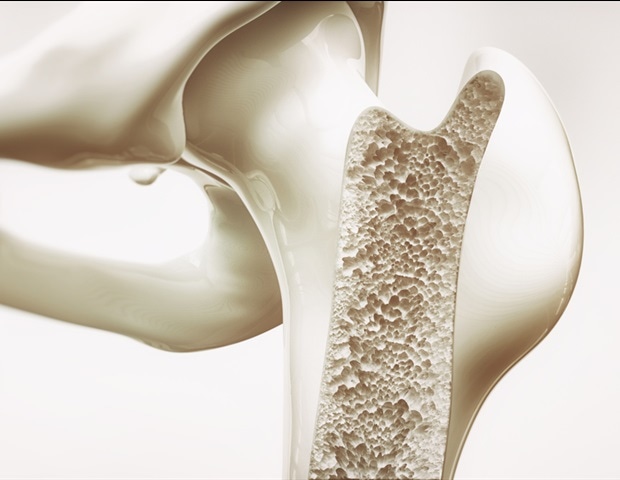University of Surrey scientists have developed a new technique for electrospinning 3D scaffolds that can be used to grow skin grafts from a patient’s own skin. This method, which involves electrifying liquid droplets to form fibers, has shown promising results in terms of cell viability and growth compared to traditional 2D structures. The scaffolds are made from a solution containing gelatin and a biodegradable polymer, and the process is simple, scalable, and cost-effective. The researchers believe this technique could have applications beyond skin grafts, potentially helping in the creation of artificial skin, bone, and cartilage. Their research is published in the journal Nanomaterials.
Source link
Innovative electrospinning technique yields 3D scaffolds for skin cells
